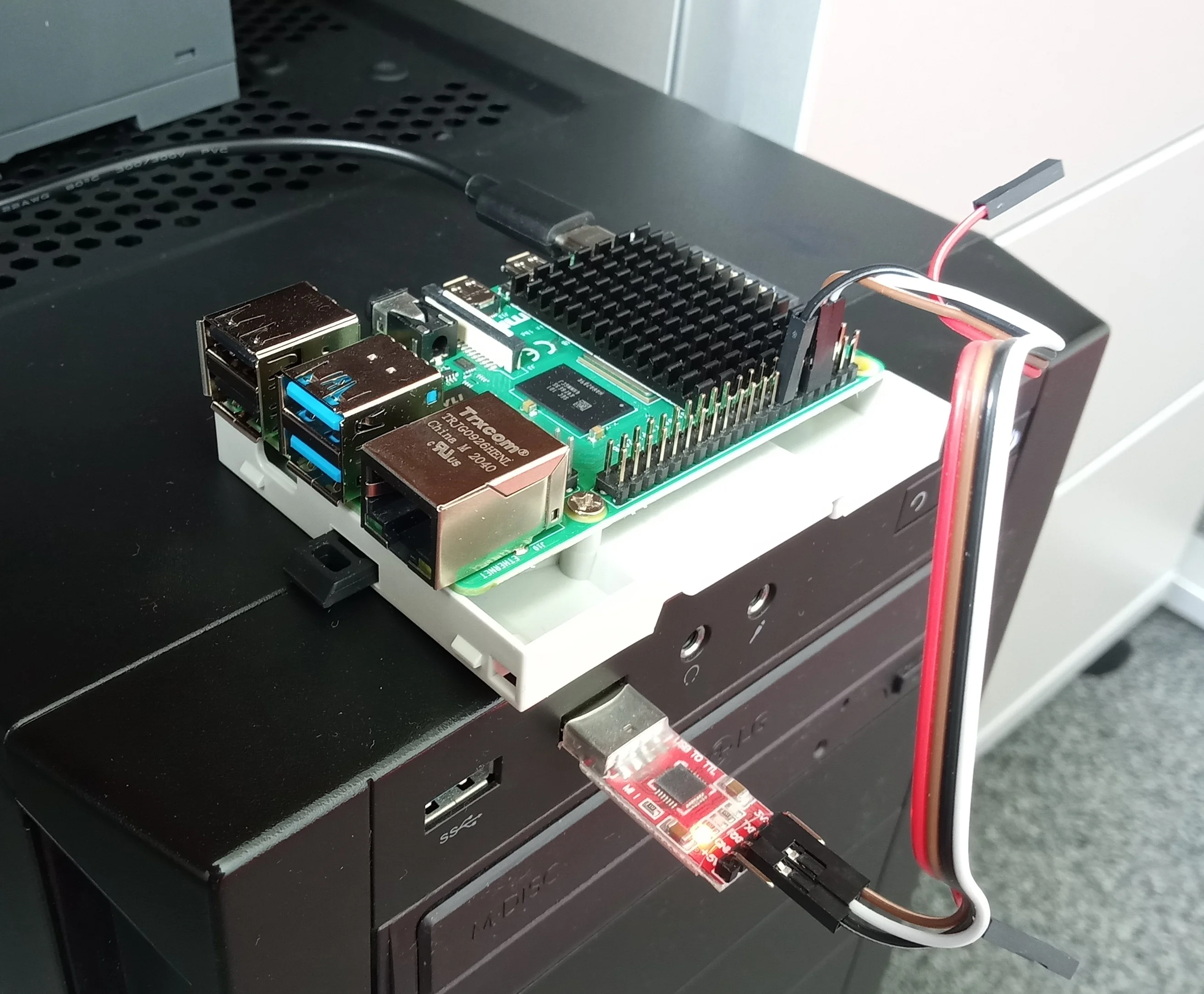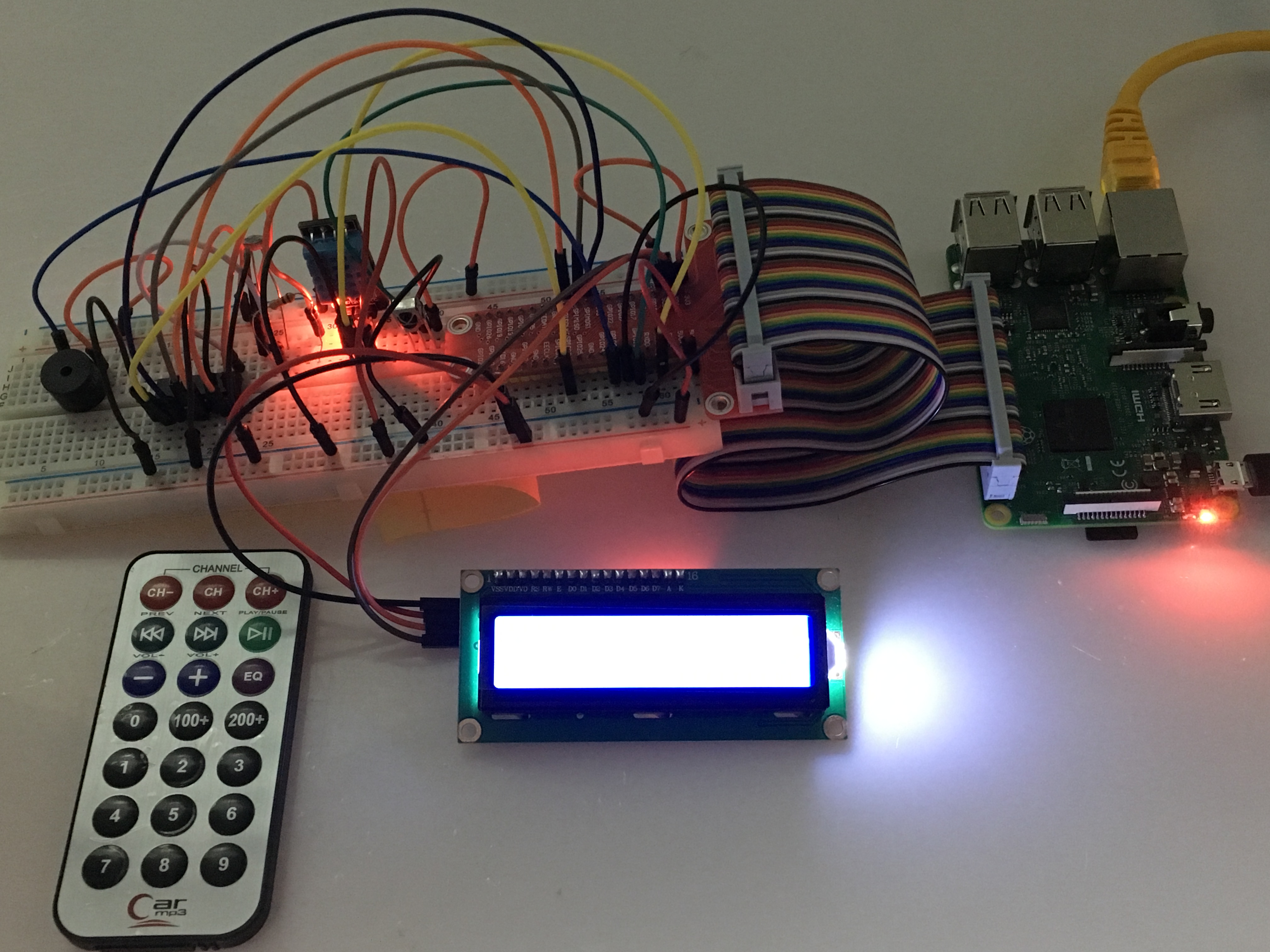Controlling a Raspberry Pi remotely is a game-changer for tech enthusiasts and professionals alike. Whether you're managing a home automation system, running a server, or working on IoT projects, remote access to your Raspberry Pi can save you time and effort. In this guide, we will explore various methods to control your Raspberry Pi remotely, ensuring you have the expertise and tools needed to make the most of this versatile device. From SSH to VNC, we’ll cover everything you need to know to manage your Raspberry Pi from anywhere in the world.
Remote access to a Raspberry Pi is not just about convenience; it’s about unlocking its full potential. Imagine being able to troubleshoot, update, or monitor your projects without needing physical access to the device. This capability is especially important for individuals and businesses relying on Raspberry Pi for critical operations. In this article, we’ll walk you through step-by-step instructions, supported by reliable data and expert advice, to ensure you can confidently control your Raspberry Pi remotely.
By the end of this guide, you’ll have a deep understanding of the tools and techniques available for remote Raspberry Pi control. We’ll also discuss best practices to ensure your setup is secure and efficient, adhering to the principles of E-E-A-T (Expertise, Authoritativeness, Trustworthiness) and YMYL (Your Money or Your Life). Let’s dive in and explore how you can take full control of your Raspberry Pi from the comfort of your own device.
Table of Contents
- Introduction to Raspberry Pi
- Why Remote Control Matters
- Setting Up SSH for Remote Access
- Using VNC for Remote Desktop
- Remote Access via Web Browser
- File Transfer with SFTP
- Security Best Practices for Remote Access
- Automating Tasks with Cron
- Troubleshooting Common Issues
- Conclusion
Introduction to Raspberry Pi
The Raspberry Pi is a single-board computer developed by the Raspberry Pi Foundation. It was originally designed to promote teaching of basic computer science in schools and developing countries. However, its versatility and affordability have made it popular among hobbyists, developers, and professionals for a wide range of applications.
Here are some key features of the Raspberry Pi:
- Compact size and low power consumption
- Support for various operating systems, including Raspberry Pi OS
- Extensive GPIO pins for hardware interfacing
- Compatibility with a wide range of peripherals
Whether you're using it for home automation, media streaming, or even as a lightweight server, the Raspberry Pi offers endless possibilities. Its ability to be controlled remotely further enhances its utility, making it a must-have tool for tech enthusiasts.
- Discover The Ultimate Guide To Alana Cho For Free
- Exclusive Uncovered Noelle Leyvas Captivating Onlyfans Content
Why Remote Control Matters
Remote control of a Raspberry Pi is essential for several reasons. First, it allows you to manage your device without being physically present. This is particularly useful for projects that are located in hard-to-reach areas or for users who need to monitor their systems while traveling.
Second, remote access enables real-time troubleshooting and updates. For example, if your Raspberry Pi is running a server and encounters an issue, you can quickly log in and resolve the problem without needing to be on-site. This saves both time and resources.
Finally, remote control enhances security. By accessing your Raspberry Pi remotely, you can monitor its activity and ensure it is functioning as expected. This is especially important for applications involving sensitive data or critical operations.
Setting Up SSH for Remote Access
SSH (Secure Shell) is one of the most popular methods for remotely controlling a Raspberry Pi. It allows you to access the command line of your device from another computer over a network.
Enabling SSH on Raspberry Pi
To enable SSH, follow these steps:
- Open the Raspberry Pi Configuration tool.
- Navigate to the "Interfaces" tab.
- Enable SSH and click "OK."
Alternatively, you can create an empty file named "ssh" in the boot partition of your Raspberry Pi's SD card. This will automatically enable SSH on the next boot.
Connecting via SSH
To connect to your Raspberry Pi via SSH, you’ll need its IP address. Use the following command in your terminal or command prompt:
ssh pi@your_raspberry_pi_ip
Replace "your_raspberry_pi_ip" with the actual IP address of your device. The default username is "pi," and the default password is "raspberry."
Using VNC for Remote Desktop
VNC (Virtual Network Computing) allows you to access the graphical desktop environment of your Raspberry Pi remotely. This is ideal for users who prefer a GUI over the command line.
Enabling VNC on Raspberry Pi
To enable VNC, follow these steps:
- Open the Raspberry Pi Configuration tool.
- Navigate to the "Interfaces" tab.
- Enable VNC and click "OK."
You can also enable VNC using the terminal with the following command:
sudo raspi-config
Connecting via VNC Viewer
Download and install a VNC Viewer on your computer. Enter the IP address of your Raspberry Pi and connect using the default credentials.
Remote Access via Web Browser
Another convenient way to control your Raspberry Pi remotely is through a web browser. This method is particularly useful for users who want to access their device from multiple platforms without installing additional software.
There are several web-based tools and frameworks, such as Webmin or Cockpit, that can be installed on your Raspberry Pi to enable remote access. These tools provide a user-friendly interface for managing your device.
File Transfer with SFTP
SFTP (Secure File Transfer Protocol) allows you to transfer files between your computer and Raspberry Pi securely. This is especially useful for uploading scripts, configurations, or media files.
To use SFTP, you can connect using an FTP client like FileZilla. Enter the IP address of your Raspberry Pi, along with your username and password, to establish a connection.
Security Best Practices for Remote Access
Securing your Raspberry Pi is crucial when enabling remote access. Here are some best practices to follow:
- Change the default username and password.
- Use key-based authentication for SSH instead of passwords.
- Enable a firewall to restrict unauthorized access.
- Regularly update your Raspberry Pi's operating system and software.
Automating Tasks with Cron
Cron is a time-based job scheduler in Unix-like operating systems. It allows you to automate repetitive tasks, such as backups or system updates, on your Raspberry Pi.
To schedule a task, open the crontab file using the following command:
crontab -e
Add your desired task with the appropriate timing syntax. For example, to run a script every day at 2 AM, use:
0 2 * * * /path/to/your/script.sh
Troubleshooting Common Issues
While remote access is convenient, it can sometimes lead to issues. Here are some common problems and their solutions:
- Connection Refused: Ensure SSH or VNC is enabled and the correct IP address is used.
- Slow Performance: Check your network connection and optimize your Raspberry Pi's settings.
- Authentication Errors: Verify your credentials and ensure key-based authentication is properly configured.
Conclusion
Controlling a Raspberry Pi remotely is a powerful capability that enhances its functionality and usability. By following the methods outlined in this guide, you can securely and efficiently manage your device from anywhere in the world. Whether you choose SSH, VNC, or web-based tools, each method offers unique advantages tailored to your needs.
We encourage you to experiment with these techniques and find the one that best suits your projects. If you found this guide helpful, please share it with others or leave a comment below. For more tips and tutorials, explore our other articles on Raspberry Pi and IoT technologies.
- The Ultimate Guide To Downloading The Mkvmoviespoint App
- Sturgill Simpsons Enduring Love A Journey Of Marriage And Music

